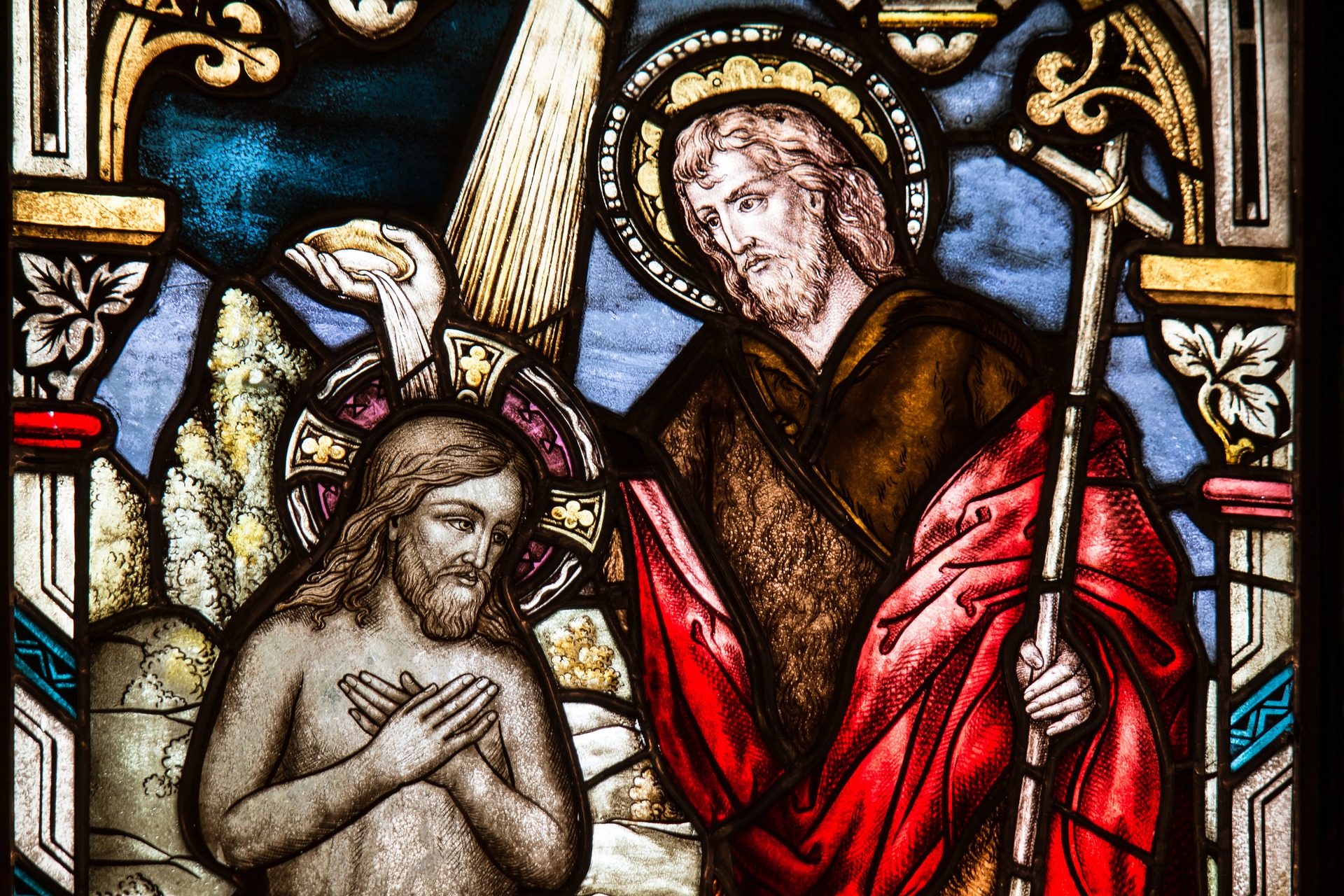Akop P. Nazaretyan.-
The faith in posthumous life (first that of other individuals and then of one’s own) has accompanied the history of the Homo genus for more than two million years; in an anthropological version, it radically contributed to the early Homo’s viability [8, 9]. Much later, in the Neolithic and the first city-states, the image of the after death existence acquired multiform versions, and up to the Axial Time (the mid 1st millennium BC) the mythological thinking completely dominated in the culture [10]. Among the peculiarities of such thinking is that the moral argumentation appeals exclusively to the otherworldly subjects (the totemic forefathers or gods) who see everything even if one succeeds in concealing his/her bad action from other people and inescapably punish for it [11]. The idea of individual choice and personal responsibility is hardly discernible in the infantile mythological worldview.
The sprouts of the critical thinking were developing simultaneously and independently in different regions of the world. Zarathustra and the Jewish prophets, the Greek Cynics, the Sophists and their opponent Socrates, Buddha and Confucius were reconsidering the outdated myths and argued alternative reasons for the altruist behavior, mercy and aggression-retention and sublimation.

Karl Jaspers [10] was the first to reveal this wide-scaled and radical change in cultural code, but he left the problem of its reasons (the “simultaneity puzzle”) to future historians. Subsequent investigations have discovered the causal link between the Axial Time spiritual unrest and the huge growth of bloodshed in the wars after steel weapon was widely spread [9, 12]. The bronze weapon had been heavy, expensive and fragile and therefore available only for very strong and rich men. The wars were waged by small professional armies, while the peasants remained subject for enslavement by means of terror. Contrariwise, light, durable and cheap steel swards allowed arming the whole male population. Something like “people’s volunteer corps” replaced the professional armies and this entailed intensive losses among the male population; this threatened to ruin the leading civilizations and required alternative social values and methods of war. Eventually, the states in which “philosophers”, prophets, politicians and generals of the new formation didn’t appear in proper time – like Egypt, Babylon, Assyria, Urartu and others – couldn’t cope with the new historical challenges. This is an example of how the universal selective mechanism of techno-humanitarian balance manifested itself: the system link between the technological might, the quality of cultural and psychological regulation and the society’s inner sustainability [9].
It is important that the new altruistic motivations didn’t appeal to otherworldly encouragements or penalties. In societies where growing skeptical attitudes devaluated the habitual fear of gods, a new instance of moral self-control came into being consonant to what we call “conscience” in modern language [11, 13]. Socrates used the term Daemon and Confucius used the term Ch’eng. One and a half millennia later, the Arab Zyndiqs (freethinkers), the forerunners of the European Renaissance, used a resonant term Insaniya – humaneness for the highly developed mind’s quality which motivated one who doesn’t believe in God’s penalties or rewards bonify, avoid malice and come to the rescue of the unhappy. They argued moral superiority of the atheist’s virtue over that of the believer who was motivated by the God’s fear [14].
This was a peculiar époque in the history of Europe and the Near East: the three “dark centuries” after the fall of the West Rome Empire made room for a series of the “small Renaissances”, which was marked by a renewed memory about the Antic culture. This was to a large extent due to the Muslim conquerors who were at that time more attentive to the Antic philosophy than the Christians. Thanks to the efforts of their philosophers, many Greek thinkers’ texts that the Catholic Church was trying to burn out were preserved and came to us translated back from the Arabic [15].

Image by Pixabay
The problem is that after Rome was defeated, the first Axial Time wave began to fall. The recent slaves and barbarians who were not accustomed to imagining the world free from the Masters or the Fathers and thus to perceiving the heights of the Ancient moral argumentation came to the foreground, and the Christian theology totally rejected the former “pagan” culture [16]. Tertullian as one of its very first apologists argued that only a mind which had not been corrupted by philosophy could achieve the true faith; this thesis prevailed in the early Christianity. So the social thinking turned back to mythology, and moral reasons were reduced to the heavenly sanctions again.
The logic of altruist motivation and emotional experiences remained firmly attached to the heavenly Lord’s image, His will, approval and condemnation in the medieval mythology. It is known that even most severe corporal suffering is easier and even changes its emotional valency in a slave’s mentality if it is conditioned by the master’s will. As the French historian Philip Aries indicates, the medieval Europeans considered a sudden and easy death without a confession and Communion as a great misfortune and God’s penalty. Contrariwise, they saw the grace of God in a prolonged agonizing which purifies one’s soul from the sin and promises its celestial bliss [17].
One’s love to the God as a source of purifying suffering was saving indeed in the world full of physical pain and early deaths. This worldview also rationalized the sadism of the executioners who were perfecting the art of torture to save the unreasonable sinner’s soul in spite of his or her will.
The defense mechanism that Anna Freud called Identification with the aggressor was dramatically represented by Bruno Bettelheim in the 20th century: he described how the concentration camp prisoners were falling in love with the Nazi police inspectors, imitating and admiring them [18]. After the terrorist attack in Stockholm 1973, the ex-hostages so persistently tried to justify the kidnappers that the term Stockholm syndrome remained in the political language.
Some domestic animals have also adopted the human paradoxical capacity to enjoy torment. I saw experimental dogs joyfully greeting the experimenter who came to operate with his scalpel. More than a hundred years ago, Ivan Pavlov’s laboratory assistant Maria Yerofeyeva showed this phenomenon experimentally. Before getting food, a hungry dog, instead of the classical bell ring, felt a weak electricity rush. Having accustomed to this succession, the dog reacted to the pain with salivating and wagging its tail. Gradually, the current strength was increasing up to a burning degree; the dog continued salivating and joyfully wagging its tail even in response to highly sensible pain. The English physiologist Charles Sherrington visited Pavlov’s laboratory in 1913 and highly appreciated the experiment. “Now… the Christian martyrs’ firmness becomes clear” – he noted [19, p.290].
Indeed, we see here an extremely simplified model of a human’s experience awaiting the coming pay-off, which represents the attitude to one’s own and another individuals’ suffering in the religious worldview abstracting from its variations. The Christian virgins besieged the Roman proconsul’s residence demanding to be thrown at the mercy of hungry lions [20], so far as this was the shortest way for each of them to meet her beloved Jesus. The death of a martyr to the glory of the Saint Faith under the gloating crowd’s hallooing was experienced as a sweet expectancy of the desired love embrace. Similar motivations look absurd to a rational observer but are familiar to the psychologist who studies religious terrorists’ activities.

Image by Pixabay
Suicides as a means to accelerate one’s entry into the Kingdom of Christ were widespread in the early Christian communities; this, along with their negative attitude to the sexual contacts and child-bearing, were among the factors of depopulation in the Roman Empire [20-22]. Therefore, as soon as the Christians came to power they had to take drastic measures against those attitudes. St. Augustine headed the conceptual struggle and attained that the Church Councils (after his own death, in the 6th century) condemned suicide as a deadly sin. Simultaneously, he developed the conception of sacred wars, which encouraged the sacrifice of one’s own and other people’s lives in certain situations. Since that time, “the Church has never condemned all kinds of war” [23, p.462], and repeatedly condemned the pacifist “heresies” [24].
Ambiguities of the kind are the conditions of any real religion’s longevity. Thus, the Meccanian and Medinian ayahs are distinguished in the Koran. The divine revelations that Mohammed received in Mecca were considerably more peaceful than the ones from Medina, which were clearly aimed at the war against the infidels; after all, the Muslim theologians have developed the “abolition principle” in which the latest texts prevail the early ones [25]. The Pakistani researcher of the Muslim religion Patrick Sookhdeo indicates that the Koran as well as all the other sacred books “is like a pick-and-mix selection. If you want peace, you can find peaceable verses. If you want war, you can find bellicose verses” (cited in [26, p.307]).
Here, we turn back to the far-reaching effects of the idea of death as a transition to another world and the respective attitude to human life. The 13th century fanatic mass executioner Simon de Montfort responded to his henchmen’s question about how to distinguish between the heretics and the good Catholics: “Kill them all, God will know his own” (cited in [27, p.63]). In the 16th century, the Spanish conquistadors “humanly” combined the Christian mission with the elimination of the aboriginals. After the Pope’s Bull (1536) declared that the Indians were human beings (although many Europeans preferred to see them as an exotic monkey species), a plain and simple procedure was invented. Having baptized an aboriginal baby, they used to crush his head [28]. Thus the baby’s soul, freed from his forefathers’ sins quickly flew away to the Paradise and at the same time, the living space was open for the noble hidalgos and their offspring. Similar practices of the so-called post-natal abortion were widespread in all of the traditional religious cultures: parents used to get rid of their ill or “excessive” babies after having baptized them or made circumcision etc. [9].
We might infinitely continue providing similar examples to illustrate the conclusion which seems urgent to me. If we consider not a “pluralist” or a political image-maker but a person who believes in life beyond the grave literally and non-metaphorically, it is a simple technological task to make him/her a killer or a self-murderer. We should rather not deceive ourselves by references to drug intoxication (which is sometimes used at the final stage of the action), to “correct” and “incorrect” religions or to more severe repressions overcoming terrorism. Flirting with religion today is ploughing up the ground under all kinds of social violence.
References
- 8. Nazaretyan A.P. Fear of the dead as a factor in social self-organization // Journal for the Theory of Social Behaviour, 2005. Vol.35, #2: 155-169.
9. Nazaretyan A.P. Nonlinear futures: Mega-History, complexity theory, anthropology & psychology for global forecasting. 4th ed. Moscow: Argamak-Media, 2017. (In Russian). [Akop Nazaretián. Futuro no-lineal. Buenos Aires: Suma Qamaňa, 2015.]
10. Jaspers K. Vom Ursprung und Ziel der Geschichte. Frankfurt/Main, Hamburg: Fischer Bucherei, 1955.
11. Yarkho V.N. Did the Ancient Greeks have conscience? (The representations of the hu-man being in the Attic tragedy) // Historical Psychology & Sociology, 2010, v.3, #1: 195-210. (In Russian).
12. Berzin E.O. Following the Iron Revolution // Historical Psychology & Sociology, 2009, v.2, #2: 184-194. (In Russian).
13. Nazaretyan A.P. The historical origins of conscience // Social Sciences Today, 1994, #5: 152-160. (In Russian).
14. Sagadeyev A.V. Humanism in the classic Muslim thought // Historical Psychology & Sociology, 2009, v.2, #1: 180-186. (In Russian).
15. Braudel F. A history of civilizations. NY: Penguin Group: 1995.
16. Ukolova V.I. The late Rome. Five pictures. Moscow: Nauka, 1995. (In Russian).
17. Aries Ph. L’Homme devant la mort. Paris: Edition du Seuil, 1977.
18. Bettelheim B. The informed heart. N.Y.: Free press, 1960.
19. Petrovski A.V., Yaroshevski M.G. Foundations of theoretical psychology. Moscow: IN-FRA-M. (In Russian).
20. Kanevsky L. Cannibalism. Moscow: Kron-Press, 1998. (In Russian).
21. Tregubov L.Z., Vagin Yu.R. Aesthetics of suicide. Perm: KAPIK, 1993. (In Russian).
22. Arutunian A.A. West Europe: Since the early Christianity to the Renaissance. Erevan: Nairi, 2000. (In Russian).
23. Contamine Ph. La guerre au Moyen Age. Paris: Presses Universitaires de France, 1980.
24. Brok P. The attitude to nonviolence in the medieval and the early New Époque pacifist sects // Nonviolence as a Worldview and a life style. Moscow: IVI RAS, 2000: 39-59. (In Russian).
25. Bolshakov O.G. The history of Caliphate. Vol.1. Islam in Arabia (570-633). Moscow: EL, 2000. (In Russian).
26. Dawkins R. The god delusion. L.: Bantam Books. 2006.
27. Beitman S. Simon de Montfort. Life and activities. St. Petersburg: Eurasia, 2004 (In Russian).
28. Russell B. Why I am not a Christian. N.Y.: Simon and Schuster, 1957.
First part
Heroism, terrorism and social violence: Notes in political psychology I
Last part






